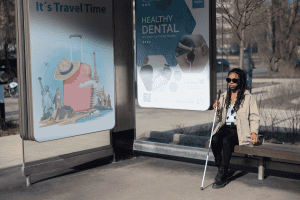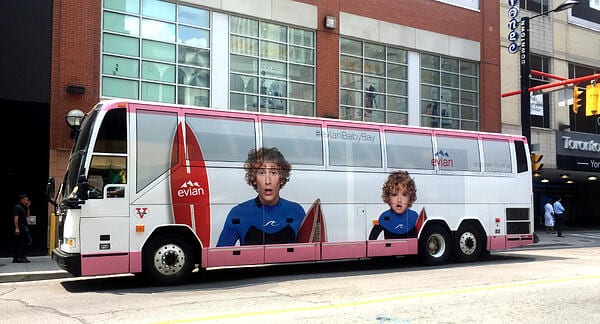Bus shelters have long been a staple of urban infrastructure, providing functional space for commuters while serving as prime real estate for advertising. But as the world evolves, so does the potential of these structures. Modern bus shelters are being reimagined as multi-purpose community hubs, blending practical utility with innovative advertising opportunities.







